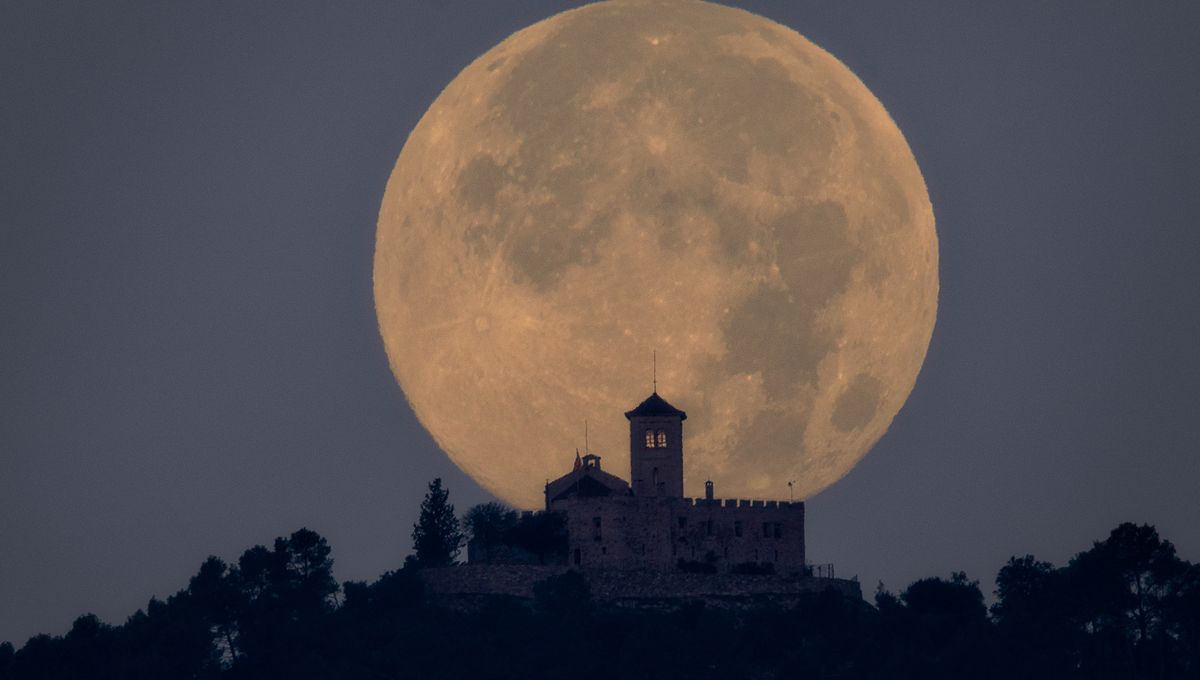
While the night sky might be set aglow with fireworks and bonfires in the UK next Wednesday, there’s another dazzling sight that evening that you’ll be able to see across the globe: the biggest supermoon of the year.
If you’re unfamiliar, a supermoon is the name for when a full Moon happens at the same time as when the Moon is at its closest point to the Earth in its orbit. It’s more of a casual term than an actual scientific one, though – the proper astronomical name for the event is a perigee-syzygy Moon.
When this happens, the full Moon can appear anywhere up to 14 percent bigger than when the Moon is at its most distant, which isn’t a particularly noticeable difference to the eye. It can, however, be up to 30 percent brighter, which tends to be a lot more obvious to us on Earth.
The real question, though, is why does the size of the Moon vary? And the answer comes down to the fact that its orbit doesn’t go in a nice, neat circle.
“It’s very rare that an orbiting body follows an exactly circular path. The Moon has a slight ‘eccentricity’, meaning it travels in an elliptical path around the Earth – so it’s sometimes nearer and sometimes further away,” explains Professor Sara Russell, a planetary scientist at the Natural History Museum, London.
As a result, the distance between the Moon and Earth can be anywhere between 360,000 to 400,000 kilometers during its orbit. On November 5, for example, the Moon will be 356,989 kilometers (221,823 miles) away from our planet, the closest it’s been since February 2019, and will be the second and largest of three consecutive supermoons this year.
One supermoon can be larger than another because not only is the Moon’s orbit elliptical, it’s also a bit wobbly. This means that the closest (perigee) and furthest (apogee) points to the Earth in its orbit can vary.
While November’s supermoon might be the closest of the year, it won’t be the closest we’ll see this century. That’s set to occur on December 6, 2052, and will bring the Moon just 356,421 kilometers (221,470 miles) away from Earth – or about 80 times as far as the distance between Los Angeles and New York.
If you’re not keen on waiting until then, November’s supermoon will be plenty nice to observe; remember that the size difference between the two won’t even be noticeable to the eye. And if you miss this one, don’t worry – there’s another supermoon on December 4.
Keep your fingers crossed for clear skies next Wednesday! Should they arrive, find out how you can use your smartphone to take some supermoon snaps.
Source Link: Large, Bright, And Gold: Get Ready For The Biggest Supermoon Of The Year